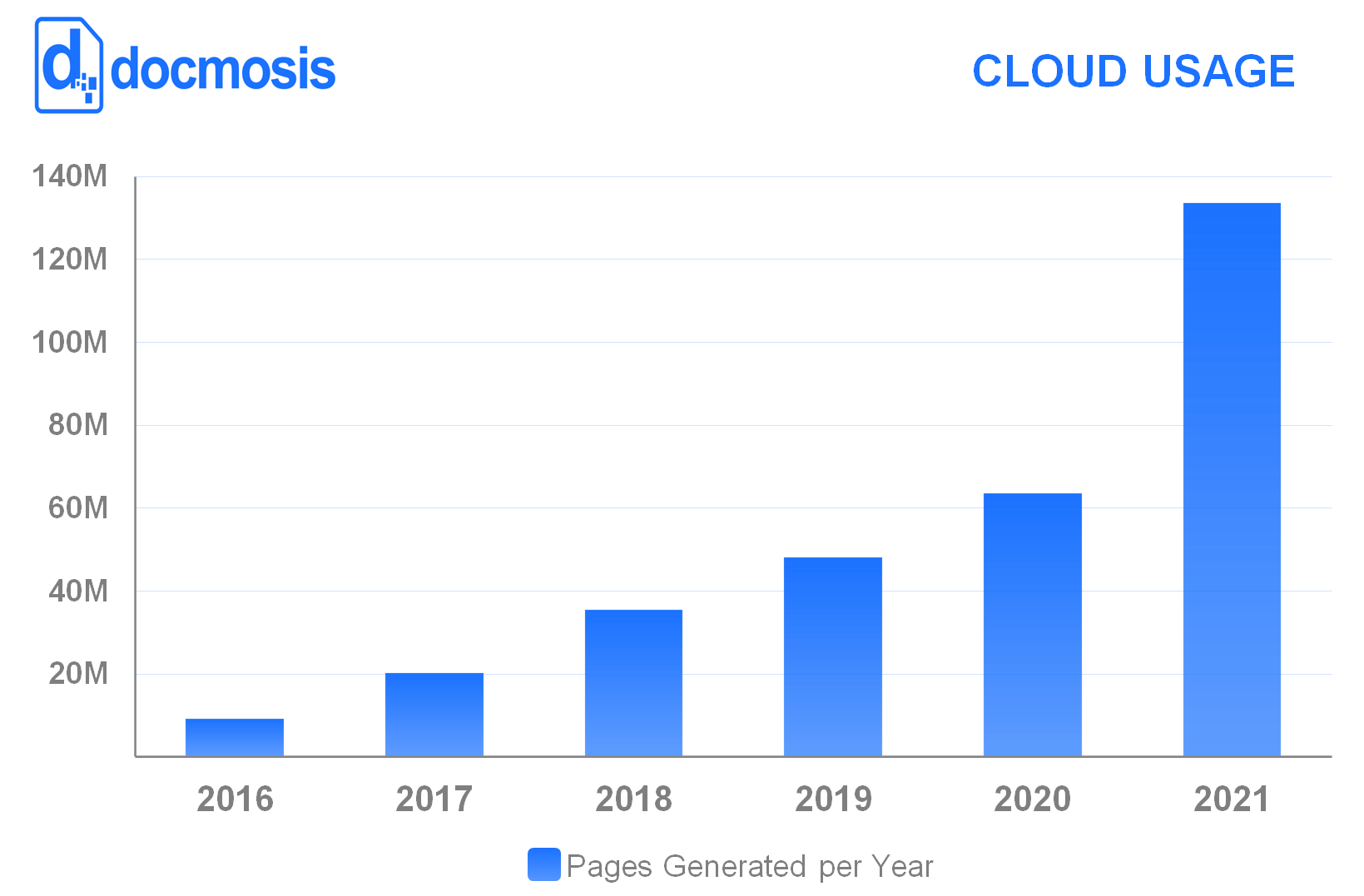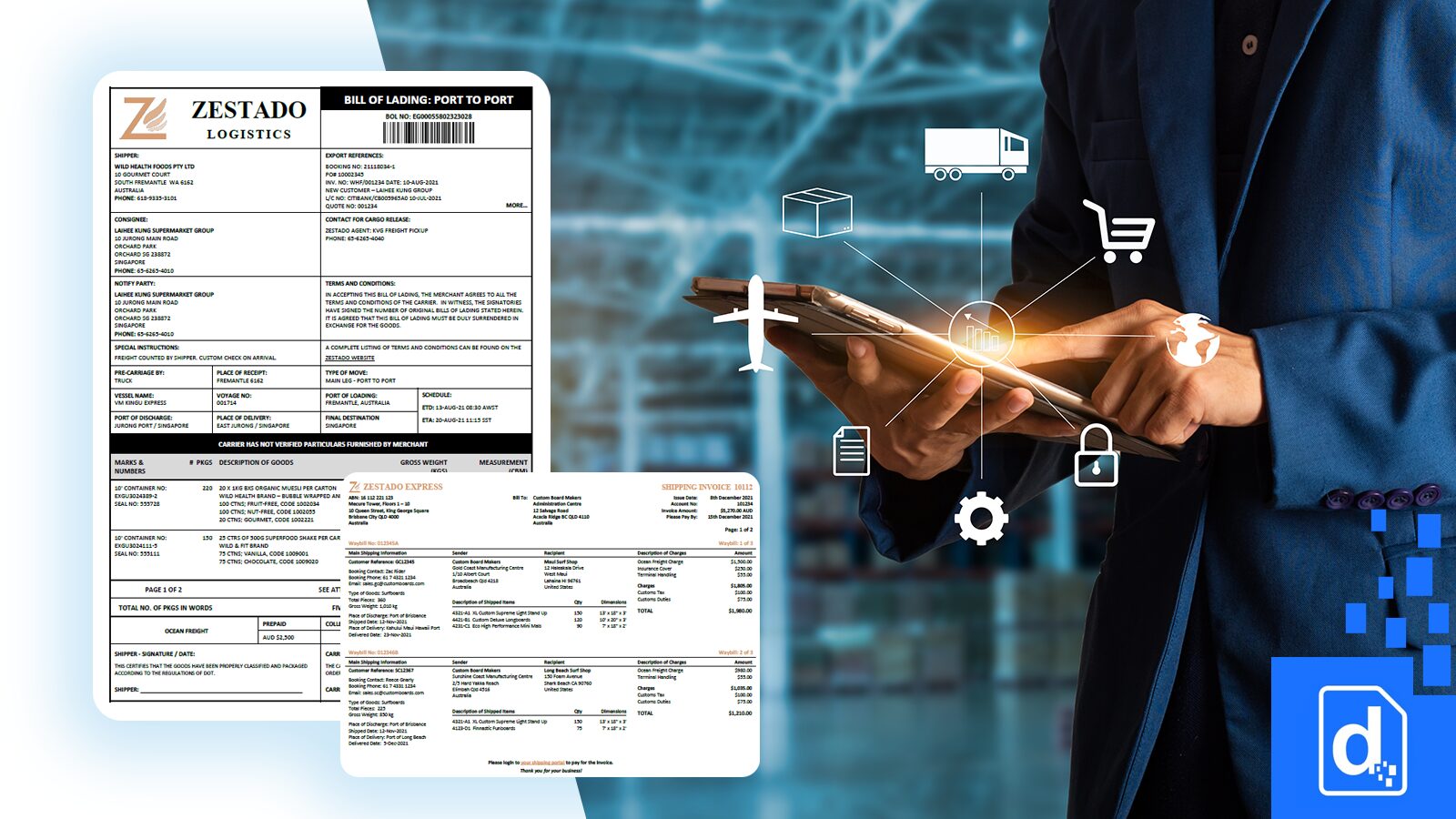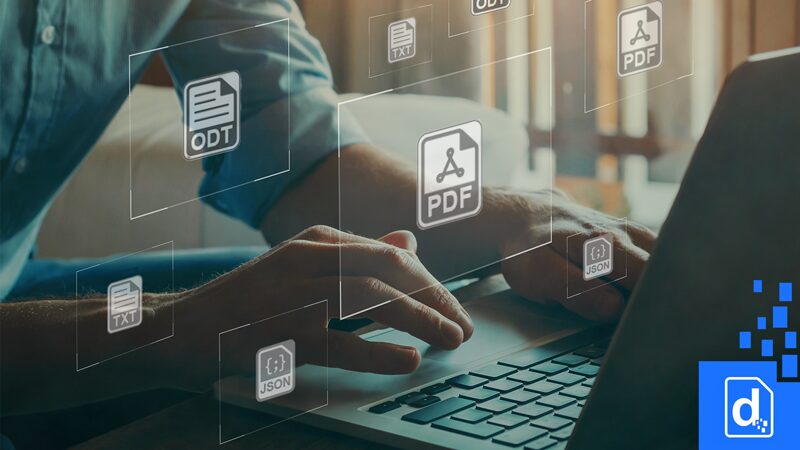With new features helping customers get even more out of Docmosis, 2021 saw a significant jump in the number of customized documents generated. The total pages produced using the Docmosis Cloud service more than doubled, increasing from 64 million pages in 2020 to almost 134 million in 2021.
This rapid rise in cloud usage is driven by a surge in 3rd party signups from low-code platforms such as Bubble, Appian, and Mendix. But, it can also be attributed to significant growth by exisiting larger-scale corporations attentive to data security.
Business Director and co-Founder Graham Hughes sums up Docmosis’s data security model: “A distinguishing feature of our service is that it doesn’t store any data or the generated documents… documents are delivered as instructed and any data/documents are automatically and immediately deleted.”
The Docmosis team fully understands that the documents generated from its service often include sensitive information. Clients can rest assured knowing their sensitive data does not remain on a third-party server.
What’s new?
2021 saw multiple new features implemented into the Docmosis ecosystem; these include:
Auto-scaling capabilities
New enhanced auto-scaling capabilities for Docmosis Cloud, with additional resources now available to improve performance when clients initiate large-scale document generation jobs.
Paul Jowett, Docmosis Technical Director and co-Founder, explains the new capabilities: “This allows document generation to be automatically scaled (by up to 1000% of base capacity). For one of our customers, this allows them to generate approximately 30 documents per second (1,800 per minute) resulting in over 500,000 documents being created without impacting other customers.”
So, whether onboarding a new client or reaching the end of a big project, Docmosis Cloud can keep up with peak document generation demands.
New options for combining templates
After listening to customer feedback, users have two new methods of combining templates. Previously, customers could only combine templates into a single output via a “master” template that pulls content from other embedded “sub” templates.
Now a single PDF document can be produced based on more than one template by:
- Referencing multiple templates in a single API call
- A “coordinator” template able to render multiple templates independently
Coordinator templates utilize the same Docmosis syntax, including conditional and repeating logic, but now applied to the process of combining templates. In addition, users have the added flexibility to quickly render documents with template-specific content (i.e., headers/footers, page numbering, styles, etc.). This new powerful functionality has been added to all three products: Cloud, Tornado and Docmosis-Java.
Expanded self-serve resources
To help clients use Docmosis, the company recently hired an in-house tech writer to manage and grow the existing resource library. As a result, customers wanting to learn about the service or quickly find the answer to a question can expect to see an expanding range of self-serve resources online.
What’s planned?
During 2021, the company collected requirements from existing customers regarding the Cloud service’s user management features. Feedback showed customers want multiple user accounts that can be partitioned for multiple environments to help organise their development, testing, QA, and production work.
The requirements collected will form the basis of new multi-user, multi-environment Cloud accounts to be worked on by the engineering team over the course of 2022.
Work continues on the new Docmosis website scheduled for launch in the latter part of 2022. According to Business Director Graham Hughes: “It’s a high-level overhaul being completed. The number one objective is to better explain the strengths and distinguishing features of Docmosis over other document generation software solutions on the market.”







